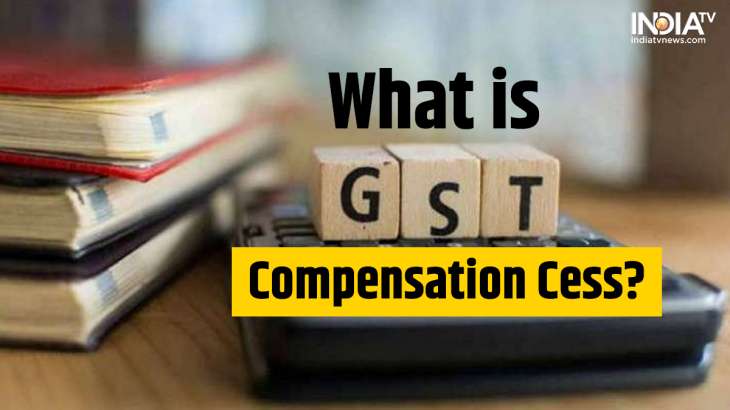EXPLAINED: What is GST Compensation Cess and how to calculate it?

The government might treat alleged multi-utility vehicles (MUV) or hybrid utility vehicles (both remarkably Indian classes) at standard with sports utility vehicles (SUVs) independent of automakers’ terminology and consistently demand a 22% Compensation Cess assuming they have length more noteworthy than 4 meters, a motor over 1,500cc limit, and something like 170mm ground freedom, reported ‘The Hindustan Times’.
In addition to the GST that is already in effect, certain notified goods are subject to the GST Compensation Cess. The GST Compensation Cess, also known as the GST Cess, was implemented to compensate manufacturing-heavy states including Gujarat, Haryana, Karnataka, Maharashtra, and Tamil Nadu. As a consumption-based tax, the introduction of GST resulted in a decline in revenue for many states. As a result, states with a manufacturing focus lost money.
The federal body the Goods and Services Tax (GST) Council, which is scheduled to meet on July 11, is likely to take up this issue and clarify the government’s position despite manufacturers’ own inventive definitions of such vehicles.
The Council may also consider lowering tax rates on certain foods, snacks, and life-saving medications (such as Dinutuximab, an expensive and imported anti-cancer agent) and snacks (such as Kachri, chickpea fritters and pappad).
An additional tax known as the GST Compensation Cess is levied to compensate these states. It is imposed on specific notified goods, and the revenue it generates is split between these states. This Cess will be collected for a very long time from the date of execution of GST.
The GST Compensation Cess will be due and payable by all taxable sellers of the notified goods. Taxpayers who pay GST compensation have been exempt from it. The GST Compensation Cess paid on imported supplies can be used to get input credit. However, only the GST Compensation Cess liability can be paid with the credit of paid cess.
Need for Compensation Cess
- As a result of the Goods and Services Tax (GST) being implemented, states and Union Territories with legislatures were compelled to hand over control of their governments to a GST Council.
- A state’s general income will diminish because of the change from sales tax or value-added tax to GST.
- As a result, it was decided that a pooled GST Compensation Fund would cover any revenue shortfalls caused by switching to the new indirect tax system for five years.
- States were promised an annual income growth of 14%, and the financial year 2015-16 must be used as the base year for determining compensation under GST law.
- The Compensation Cess was supposed to end on June 30, 2022, five years after the introduction of the single tax on July 1, 2017, but the Indian government extended it until March 31, 2026.
- It is done to pay back the loans that were borrowed in 2020-21 and 2021-22 to compensate states for the loss of GST revenue.
How to calculate Compensation Cess for the GST?
The transaction value, or the price at which the goods are sold, is used to calculate the cess. In addition to the GST taxes – CGST + SGST for intrastate supplies and IGST for interstate supplies – the cess should be assessed.
Goods that are subject to the GST Compensation Cess:
- Pan Masala
- Tobacco products
- Cigarettes
- Coal, briquettes, ovoids and similar solid fuels manufactured from coal, lignite excluding jet and peat.
- Aerated waters
- Motor vehicles
Also Read | Massive crackdown: Over 4,900 fake GST registrations cancelled, CBIC tights return filing
Also Read | Over 12,000 fake entities in GST; CBIC plans biometric authentication, tighter return filing
Latest Business News
For all the latest Business News Click Here
For the latest news and updates, follow us on Google News.

